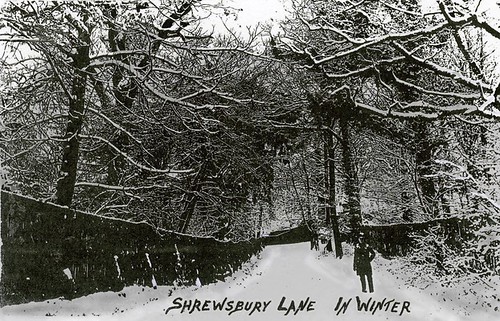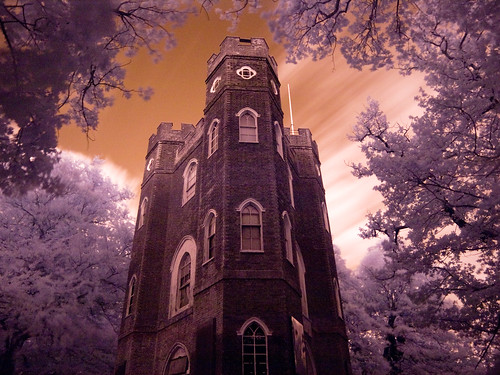Apologies for lack of posts lately, there have been some bots on the site that needed dealing with; for now comments are off. To make matters worse i’ve been trying to write a post about party politics on the hill without being in any way political… tricky, and probably best avoided altogether, still, when it really matters, the people of the hill have a good record of stopping interfering leaders in their tracks, or should that be motorways.
Anyway, I was recently honoured to receive a set of historical documents and photographs, including this little snow scene – although I’m not sure whether it might actually be the part of Plum Lane where the park now faces the old decontamination lodge?









